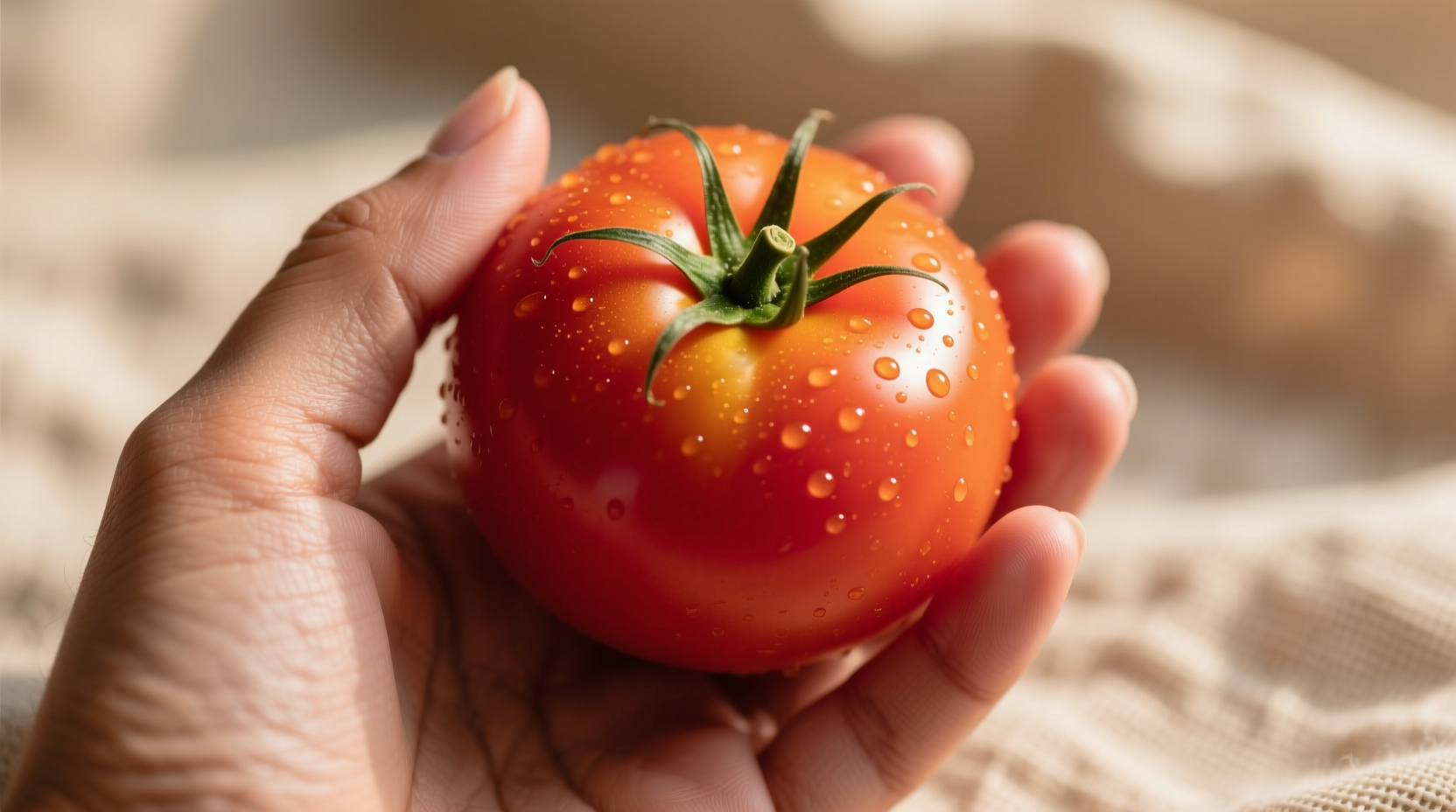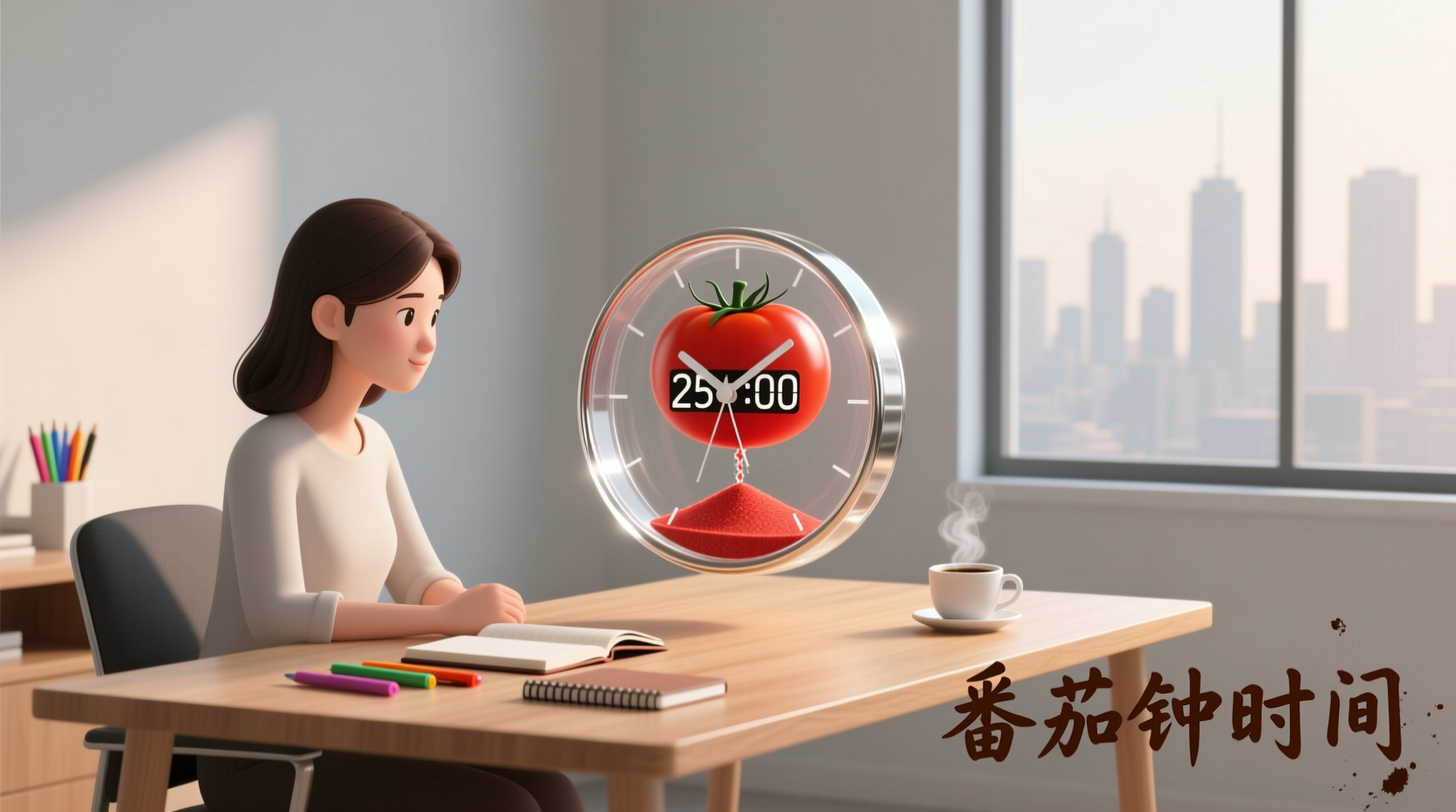When you master tomato timing, you unlock the full potential of this versatile fruit. Professional chefs and home cooks who understand tomato time consistently produce superior sauces, salads, and dishes that showcase tomatoes at their absolute best. This comprehensive guide reveals the science-backed timing principles that separate exceptional tomato dishes from mediocre ones.
The Science Behind Perfect Tomato Timing
Tomatoes undergo specific biochemical changes during ripening that directly impact flavor, texture, and nutrition. The magic happens when chlorophyll breaks down and carotenoids like lycopene develop. Research from the University of California's Agriculture and Natural Resources department shows that tomatoes allowed to ripen on the vine until they reach the "breaker stage" (when 10-30% of the surface shows color change) develop significantly more volatile compounds responsible for that characteristic tomato aroma.
| Tomato Variety | Optimal Harvest Window | Peak Flavor Indicators | Days to Peak After Color Change |
|---|---|---|---|
| Beefsteak | 7-10 days after first color change | Firm but yields slightly to pressure | 8-10 |
| Cherry | When uniformly bright red | Skin slightly glossy, stems detach easily | 3-5 |
| Roma | When deep red with no green shoulders | Firm texture, rich fragrance | 5-7 |
| Heirloom | Variety-dependent (check specific variety) | Distinctive color pattern fully developed | 4-9 |
This comparative data from USDA Agricultural Research Service demonstrates how different tomato varieties require specific timing approaches. Commercial growers often harvest tomatoes at the mature green stage for shipping durability, sacrificing up to 40% of potential flavor compounds according to Cornell University studies.
Recognizing Your Tomato's Perfect Moment
Don't rely solely on color—tomato time involves multiple sensory indicators. Gently squeeze your tomato: it should yield slightly but maintain firmness. The stem should detach cleanly without tugging. Most importantly, smell the blossom end—ripe tomatoes emit a distinctive sweet, earthy fragrance that underripe specimens lack.

Temperature plays a crucial role in determining your local tomato time. The University of Florida's Institute of Food and Agricultural Sciences notes that tomatoes ripen fastest between 68-77°F (20-25°C). Below 50°F (10°C), ripening essentially stops, while temperatures above 86°F (30°C) degrade flavor compounds. This explains why tomatoes grown in Mediterranean climates often reach superior flavor profiles compared to those grown in consistently hot regions.
Post-Harvest Timing: What Happens After Picking
Your tomato's journey doesn't end at harvest. Understanding post-pick timing transforms good tomatoes into exceptional ones. Contrary to popular belief, refrigeration damages tomatoes' flavor compounds. The American Chemical Society confirms that cold temperatures below 55°F (13°C) permanently impair the enzymes responsible for developing complex flavors.
For optimal results, follow this timeline after harvest:
- 0-24 hours: Allow tomatoes to continue ripening at room temperature (65-75°F)
- 24-48 hours: Peak flavor window for most varieties
- 48-72 hours: Ideal for cooking applications as sugars begin converting to acids
- 72+ hours: Best for sauces and preserves as texture breaks down
Seasonal Variations in Tomato Time
Tomato timing isn't static throughout the growing season. Early season tomatoes often develop thinner skins and higher acidity, while late-season specimens typically have thicker walls and more complex sugar profiles. According to data from the National Gardening Association, tomatoes harvested during the hottest part of summer (90°F+/32°C+) contain up to 25% more lycopene but may lack the balanced acidity of those picked during moderate temperatures.
Consider these seasonal timing adjustments:
- Early season: Harvest slightly earlier to prevent cracking in heavy rains
- Mid-season: Allow full vine ripening for maximum flavor development
- Late season: Pick at first color change and finish ripening indoors as temperatures drop
Common Tomato Timing Mistakes and Solutions
Even experienced gardeners and cooks make timing errors with tomatoes. The most frequent mistake is harvesting too early out of impatience. A study published in the Journal of Agricultural and Food Chemistry found that tomatoes harvested before the breaker stage contain only 60% of the volatile compounds that develop during full ripening.
Other common timing pitfalls include:
- Refrigerating too soon: Wait at least 24 hours after harvest before refrigerating
- Ignoring microclimates: Tomatoes on the sunny side of plants ripen 3-5 days faster than shaded specimens
- Overlooking variety differences: Cherry tomatoes ripen faster than beefsteaks by about 7-10 days
- Misjudging cooking timing: For sauces, slightly underripe tomatoes provide better structure
Advanced Tomato Timing Techniques
Professional chefs employ several advanced timing strategies to maximize tomato potential. One technique involves harvesting tomatoes at different ripeness stages for the same dish—using fully ripe specimens for fresh applications while incorporating slightly underripe tomatoes for cooking components.
Another method gaining popularity is "ripening synchronization"—picking tomatoes at the breaker stage and storing them with ethylene-producing fruits like bananas to control the ripening pace. The Postharvest Technology Center at UC Davis confirms this technique can extend the prime flavor window by up to 48 hours when managed properly.
For gardeners, understanding "stress timing" proves valuable. Mild water stress during the final ripening phase can increase sugar concentration by 15-20%, but excessive stress damages fruit quality. The optimal approach involves reducing water by 25% during the last 7-10 days before expected harvest.
Putting Tomato Time Into Practice
Implement these practical timing strategies immediately:
- Check tomatoes daily during peak season—ripening can advance significantly in 24 hours
- Harvest in the morning when sugars are highest and temperatures are coolest
- Store harvested tomatoes stem-side down to prevent moisture loss
- For immediate use, allow 2-4 hours at room temperature after harvest for flavor compounds to stabilize
- When making sauces, combine 70% fully ripe and 30% slightly underripe tomatoes for optimal texture and flavor balance
Remember that tomato time varies by variety, climate, and intended use. The most successful tomato users develop a personal understanding of their specific growing conditions and preferred varieties. By paying attention to the subtle indicators of perfect ripeness, you'll consistently enjoy tomatoes at their absolute peak—transforming ordinary dishes into extraordinary culinary experiences.
When is the best time of day to harvest tomatoes?
The optimal time to harvest tomatoes is early morning, preferably before 10 AM, when temperatures are cooler and sugar content is at its peak. Morning harvests reduce stress on the plant and help maintain the fruit's natural moisture balance. Avoid harvesting during the heat of the day as this can accelerate deterioration and reduce shelf life.
How can I tell if a tomato is perfectly ripe without squeezing it?
Look for uniform color development appropriate for the variety, a slight softening at the blossom end, and a characteristic sweet, earthy aroma at the stem end. The skin should appear slightly glossy but not shiny, and the tomato should detach from the vine with a gentle upward twist rather than requiring forceful pulling.
Do different tomato colors indicate different ripeness stages?
Yes, different tomato varieties follow specific color progression patterns. Most red varieties transition from green to pale yellow-green, then to pink, and finally to deep red. Yellow and orange varieties typically move from green to pale yellow before reaching their final color. Purple and black varieties often show green to brownish-purple before developing their characteristic deep hues. Always research your specific variety's color progression for accurate ripeness assessment.
How long after tomatoes turn red should I wait before harvesting?
The ideal waiting period varies by variety. Beefsteak tomatoes typically need 7-10 days after first color change, while cherry tomatoes are ready within 3-5 days of turning red. Romas require 5-7 days after color change. The most reliable indicator is slight softening when gently squeezed and the development of a characteristic fragrance at the blossom end, rather than relying solely on color or calendar days.
Can I speed up the ripening process after picking tomatoes?
Yes, you can accelerate ripening by storing tomatoes in a paper bag with an ethylene-producing fruit like a banana or apple. The enclosed environment concentrates natural ethylene gas, which triggers ripening. Check daily and remove tomatoes once they reach desired ripeness. Avoid plastic bags as they trap excess moisture and promote spoilage. This method works best with tomatoes already showing some color development.











 浙公网安备
33010002000092号
浙公网安备
33010002000092号 浙B2-20120091-4
浙B2-20120091-4